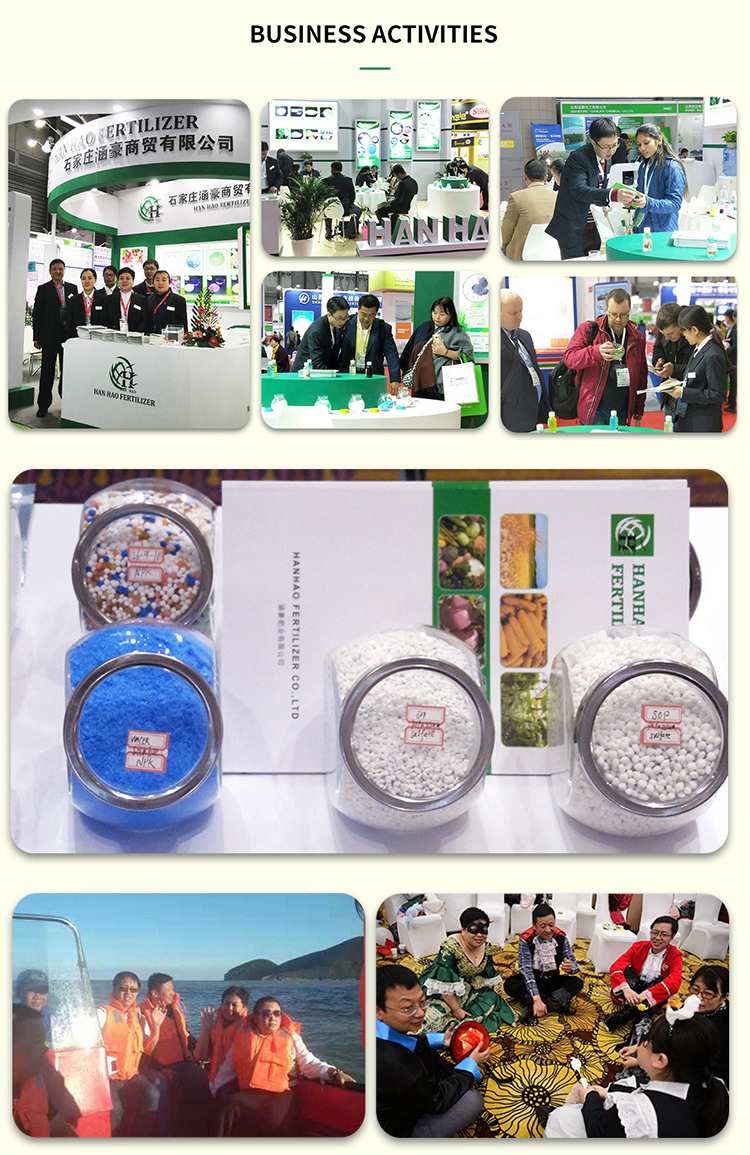
Nov . 23, 2024 20:15 Back to list
Using Urea as a Fertilizer in Agricultural Production and Its Benefits
Urea as a Fertilizer The Role of Urea Factories in Modern Agriculture
Urea, chemically known as carbamide, is one of the most widely used nitrogenous fertilizers in the world. It plays a crucial role in enhancing crop yield and optimizing agricultural production. The demand for urea as a fertilizer has seen a significant rise due to the increasing global population and the corresponding need for food. Consequently, urea factories have become a pivotal part of the agricultural sector, helping to meet the nutrient demands of crops and promoting sustainable farming practices.
The Importance of Urea in Agriculture
Nitrogen is an essential element for plant growth, serving as a fundamental building block for proteins, nucleic acids, and chlorophyll. Urea contains about 46% nitrogen, making it one of the most concentrated nitrogen fertilizers available. When applied to the soil, urea is converted into ammonium carbonate, which then transforms into ammonium and nitrate forms that plants can easily absorb.
Farmers prefer urea because of its high nutrient content, affordability, and ability to improve soil structure. It promotes vegetative growth, enhances leaf development, and significantly boosts crop productivity. Moreover, urea's versatility allows it to be used on a variety of crops—cereals, fruits, vegetables, and even ornamental plants—making it an indispensable component of modern agriculture.
The Process of Urea Production
The production of urea typically takes place in specialized factories designed to optimize the synthesis process. The primary raw materials for urea production are ammonia and carbon dioxide. The production process consists of several stages the synthesis of ammonia through the Haber-Bosch process, the reaction of ammonia with carbon dioxide to produce ammonium carbamate, and finally, the conversion of ammonium carbamate into urea.
In a urea factory, these processes are executed under controlled conditions to maximize efficiency. Large quantities of ammonia are produced from natural gas, which is then reacted with carbon dioxide at high pressure and temperature. The resulting urea is dehydrated to form solid granules, which can be easily stored and transported. Factories often prioritize sustainability by implementing technologies that reduce emissions and waste, aligning with the global push towards greener production methods.
urea como fertilizante factory

Innovations and Sustainability in Urea Production
As environmental concerns grow, urea factories are increasingly adopting innovative technologies to reduce their ecological footprint. Such advancements include carbon capture and storage (CCS), which aims to minimize greenhouse gas emissions generated during production. Additionally, some factories are exploring the use of renewable energy sources, such as solar and wind power, to operate their facilities, making the production process more sustainable.
Moreover, the development of slow-release and coated urea fertilizers has gained traction. These products are designed to gradually release nitrogen over an extended period, reducing the risk of leaching and nitrogen loss to the environment. This not only enhances nutrient efficiency but also lessens the frequency of fertilizer application, resulting in cost savings for farmers.
The Global Urea Market
The global market for urea is complex and influenced by various factors, including agricultural practices, climate conditions, and economic trends. Major urea-producing countries include China, India, and the United States, which together account for a significant portion of the world's urea supply. Trade dynamics and geopolitical factors also play a crucial role in shaping the supply and demand landscape for urea.
Urea manufacturers must remain agile and responsive to market changes, adapting their production strategies to meet evolving agricultural needs. As precision farming and sustainable agriculture practices become more prevalent, the demand for high-quality, efficient fertilizers like urea is expected to continue growing.
Conclusion
Urea has established itself as a cornerstone of modern agriculture, facilitating enhanced crop production and food security. Urea factories are essential in this ecosystem, employing advanced technologies and sustainable practices to produce this vital fertilizer. As the agricultural landscape evolves, the role of urea, and the factories that produce it, will remain critical in addressing the challenges of feeding a growing global population while minimizing environmental impact. Embracing innovation and sustainability, the urea industry is well-positioned to support the future of agriculture.
-
Premium 8 12 16 Fertilizer – High-Efficiency Compound & Granular NPK Supplier
NewsJun.10,2025
-
High Quality Agricultural Grade NPK Fertilizer Manufacturer & Supplier Reliable Factory Price
NewsJun.10,2025
-
Organic Fertilizer for Corn Boost Yield Sustainably
NewsJun.10,2025
-
Organic Fertilizer for New Plants Natural Growth Boost & Eco Nutrients
NewsJun.10,2025
-
Optimized Hydroponic NPK Fertilizer – Fast Growth & Nutrients
NewsJun.09,2025
-
Top-Rated NPK Fertilizer for Fruit Trees - Boost Growth & Yield
NewsJun.09,2025
